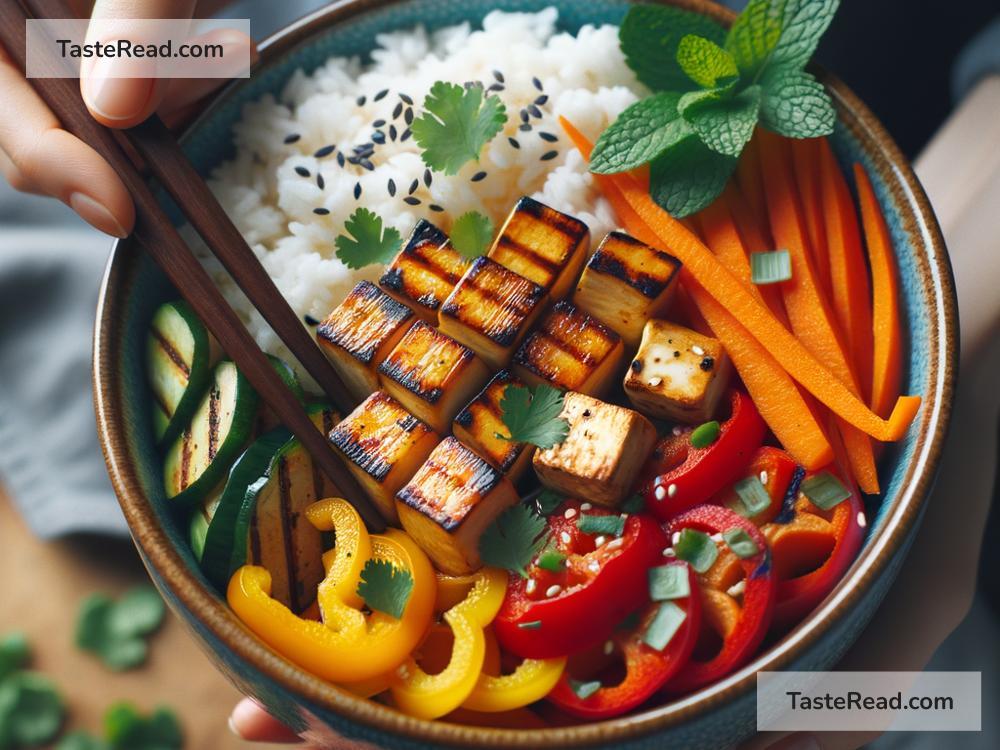Title: The Universal Love for Rice Bowls: A Lunch Tradition Across the Globe
Rice bowls are more than just a simple dish; they’re a cornerstone of lunch traditions across various cultures around the world. From the fragrant jasmine rice topped with stir-fried vegetables and meat in Thailand to the hearty burrito bowls found in Mexican-inspired cuisine, rice bowls have made their mark on the global culinary map. This universal love for rice bowls isn’t just about their delectable taste; it’s also rooted in their convenience, versatility, and the cultural significance they carry. Let’s delve into why rice bowls hold a special place in many lunch traditions.
Convenience is Key
In our bustling lives, convenience is paramount. Rice bowls perfectly cater to this need. They are a compact, one-dish meal that provides everything you need – carbs, proteins, and vegetables – all in one go. This convenience is not just about ease of eating but also about preparation. Rice, the primary ingredient, is a staple found in pantries worldwide and is relatively quick and straightforward to cook. For busy individuals or families, whipping up a rice bowl can mean a nutritious and satisfying meal without the hassle and time commitment of more complex dishes.
A Canvas for Creativity
One of the most remarkable features of rice bowls is their versatility. They are like a blank canvas, allowing for endless creativity and customization based on what ingredients are on hand or personal taste preferences. Whether it’s the addition of spicy kimchi and grilled meat in a Korean Bibimbap or the simplicity of Japanese Oyakodon with its comforting chicken and egg over rice, there’s a rice bowl for every palate. This adaptability means that rice bowls can evolve with the seasons, feature local produce, or cater to specific dietary needs, making them a consistently appealing meal option throughout the year.
Affordable and Accessible
For many, the affordability of rice bowls makes them an attractive meal choice. Rice itself is a cost-effective base, and by adding a mix of vegetables, a protein source, and some sauce for flavor, you can create a budget-friendly meal that doesn’t compromise on nutrition or taste. This accessibility has contributed to the global popularity of rice bowls, as they can be adapted to fit economic realities across different regions, making them a go-to meal for people from all walks of life.
Cultural Significance
Beyond convenience, creativity, and cost, rice bowls carry significant cultural weight in many communities. They are often attached to historical traditions and local customs, embodying a connection to cultural heritage and family history. In many Asian countries, rice is more than just a food item; it’s a symbol of life and fertility. A bowl of rice isn’t merely a meal; it’s a gesture of hospitality and care. By enjoying a rice bowl, people pay homage to generations of culinary knowledge and cultural practices that have been passed down through the ages.
The Nutritional Balance
Health-conscious individuals often turn to rice bowls as a way to achieve a balanced diet without sacrificing flavor. By incorporating a variety of ingredients like colorful vegetables, lean proteins, and wholesome grains, rice bowls can offer a wide range of nutrients. This includes vitamins, minerals, fiber, and antioxidants that are essential for a healthy body. What’s more, the customizable nature of rice bowls means that one can easily adjust portions and ingredients to meet personal health goals, whether that’s increasing protein intake, reducing carbohydrates, or incorporating more plant-based elements into one’s diet.
In conclusion, the global affection for rice bowls is no coincidence. They represent a perfect blend of convenience, versatility, affordability, cultural richness, and nutritional balance, making them an outstanding meal choice for lunch traditions worldwide. Whether you’re enjoying a comforting bowl of Risotto in Italy, a spicy Curry Rice in India, or a savory Gyudon in Japan, indulging in a rice bowl is an experience that transcends cultures. It’s a universal language of taste and nourishment that brings people together, making rice bowls not just a staple for lunch but a cherished part of our global culinary heritage. As we continue to explore foods from different cultures, the humble rice bowl remains a reminder of our shared love for simple, delicious, and wholesome meals.


